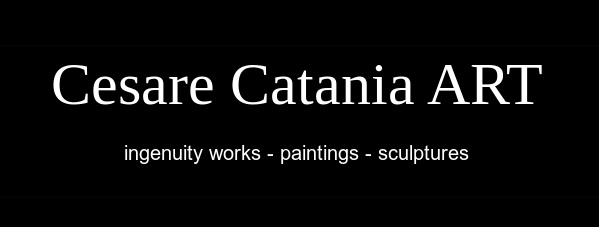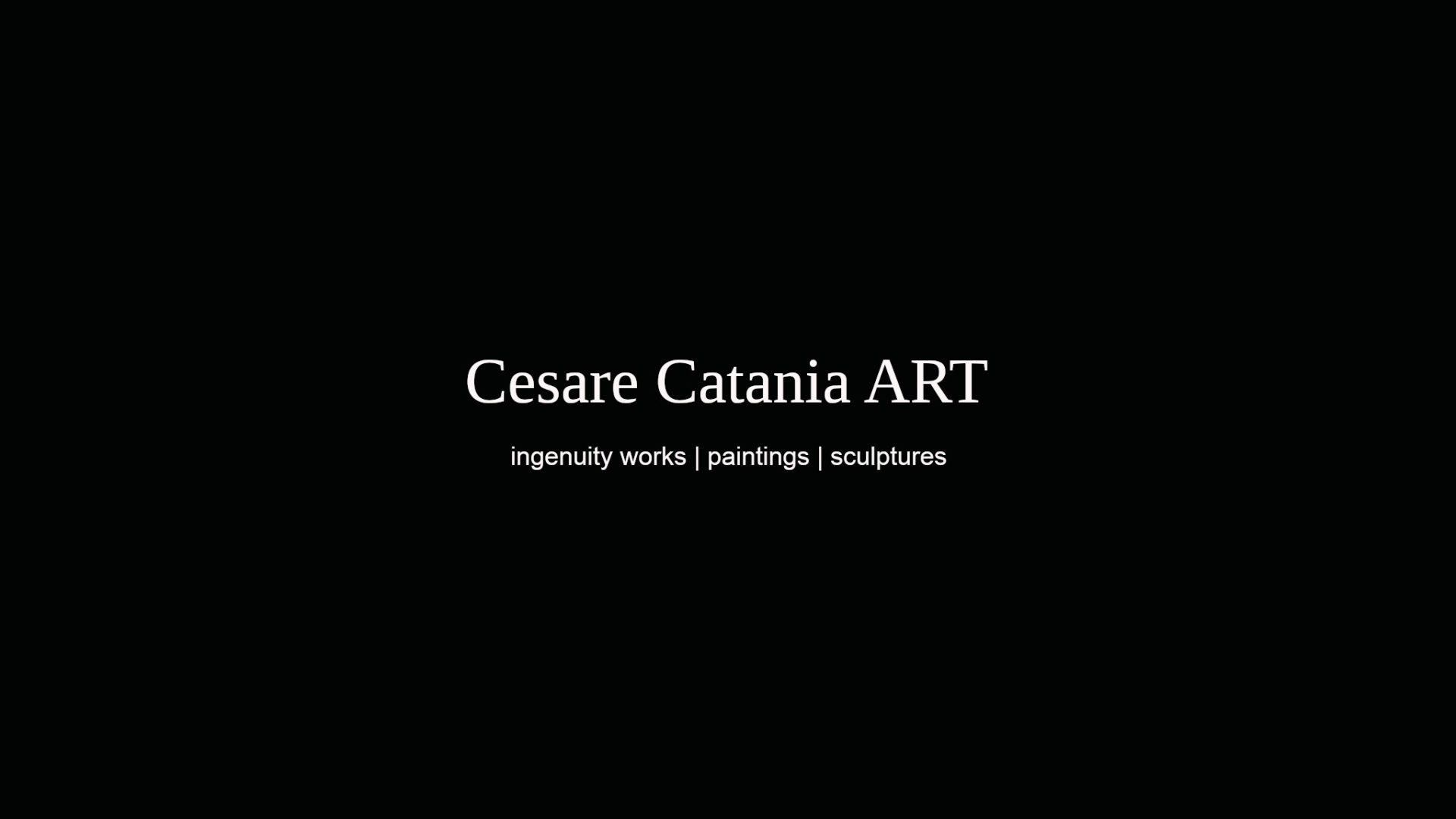excerpt from the official article:
Galleria San Babila, a new space for digital art
Founded by the entrepreneur Francesco Colucci, it hosted the Back To The Future event during the Milan Design Week. The exhibition itinerary, in addition to having proposed a solo exhibition by Cesare Catania, hosted three works of great value: an unpublished canvas by Edvard Munch, a 70s print of Andy Warhol’s “Marilyn” and a Fabergè egg. And it also exhibited, in a dedicated Black Room, their digital replicas or NFT holograms equipped with artificial intelligence to interact with and talk to.
An encounter between art, Nft and artificial intelligence, made possible thanks to the technology developed by MetaWord, a company founded by Francesco Colucci together with Antonio Celotto, Mara Abbracchio and Edoardo Callegari. A digital services platform that creates content and tools halfway between physical and virtual experience. In the specific field of art, MetaWord deals with the creation of holograms that can represent works by great masters or emerging artists, then transforming them into a new form of Nft, dynamic and usable.
What prompted you to enter the world of art and NFTs and found the gallery?
As an entrepreneur, over the years I have given birth to many projects. Among these is the Art & Luxury Investment Fund, which does indeed deal with art and luxury, but with a particularity: that of giving its investors the opportunity to benefit from the fund’s investments. With this idea, I created an art gallery format that started with the opening of the San Babila Gallery in Milan on December 3, 2021. Initially it was a private gallery designed only for fund investors, but today it is an open and free space to anyone. In fact, I realized that the gallery could have an independent life from that of the fund.
What has the gallery been doing since it opened up to today?
Since the opening we have already organized many events and exhibitions. A fashion show, an exhibition by the street artist Endless in February, a group show with the artists presented at the San Marino Pavilion at the Venice Biennale created in collaboration with the London gallery Cris Contini Contemporary. And a personal exhibition of the artist Cesare Catania in May, from which the idea of Back to The Future was born.
How did the collaboration with Cesare Catania come about?
I am always very attentive to market dynamics, and at the moment there is great excitement around the world of the metaverse and NFTs. I started approaching this sector about a year and a half ago, immediately noticing the great work of Cesare Catania. I managed to make contact and proposed to organize an exhibition at the gallery. Meanwhile I was building the MetaWord company with one thought in mind: everyone wants to do and talk about NFT and the metaverse, but nobody knows what it really is. Some even think that the NFT is the equivalent of an animated gif. So, together with a partner of mine, Antonio Celotto, a professional in hardware and software development, we started developing the technology of MetaWord, a company that offers itself as a service leader in the metaverse and NFT market.
What does MetaWord create?
We create NFT in an enjoyable and tangible form. Not something to keep in a PC folder, but a real work of art, holographic and equipped with artificial intelligence, which can be displayed and enjoyed in a concrete way in a gallery, hotel or home. We made frames with a holographic fan that make a hologram come to life. Back to the Future was born from the union between Cesare Catania’s exhibition and the work we were doing with MetaWord. We rebuilt our gallery into a virtual world, where visitors could float in space discovering the works in a virtual space without walls. We added to this the exhibition of three major works with their reproduction in holograms with which one could interact, proving to be light years ahead of the concept of the classic NFT. Through these works it is possible to automate the house: our reproduction of Andy Warhol’s “Marilyn” will therefore be able to turn off the heating or play the music we want. For now we are the only ones in the world to have done so.
What is the reaction of collectors to the NFT phenomenon in art? What did you notice?
In the case of NFTs, everything is moving quickly and unpredictably: we are at year zero, just like when the internet was born. Changes are on the agenda, but the NFT phenomenon is destined to last and to further develop in an ever more massive way. Many collectors, linked to physical art, are starting to have NFTs linked to their works created, provided they have the rights. Then there are those who instead look at the world of NFTs as a form of investment. It is estimated that nearly $1 billion in NFTs are traded every day. And we in Italy are behind the United States. Despite this, with MetaWord we want to present ourselves as an innovative Italian company that has created a unique technology.



